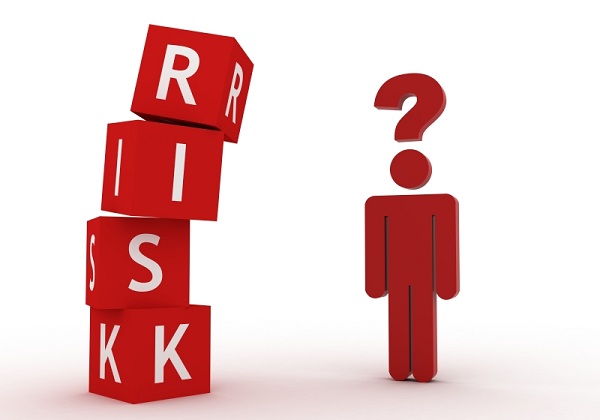Risk Avoidance
Risk avoidance is the elimination of any hazards and activities that can negatively affect an organization's well being.
Having a risk management team can control the damage from the financial consequences and events that might damage the brand. Risk avoidance means avoiding compromising events that might occur.

General Information
It's impossible to eliminate all the possible risks that can appear. A risk avoidance strategy is specially made to deflect as many dangerous situations as possible. The methodology of risk avoidance is to minimize vulnerabilities inside the business that might be considered threats.
This action is not performed to create another risk avoidance, and mitigation can be achieved using specific policies and procedures, through training and education and an essential component such as technology implementation.
For example, an investor wants to buy stock in a company, but the prices have fallen recently in the last period. There might exist some political risks associated with the production of that company. The investor will assess the risks and decide to avoid this investment until the prices are back to normal.
What is Risk Reduction?
Risk reduction deals with mitigation and losses.
For example, we can take the same investor that already owns stocks in that company. It recently appeared some political risks associated with the company's production, and the stocks are at a high level of unsystematic risk.
The investor can reduce the risk by looking to buy stock in other businesses, especially those with a different direction than the one at political risk.
A person or brand must be qualified and understand very well the liabilities to engage in risk management.